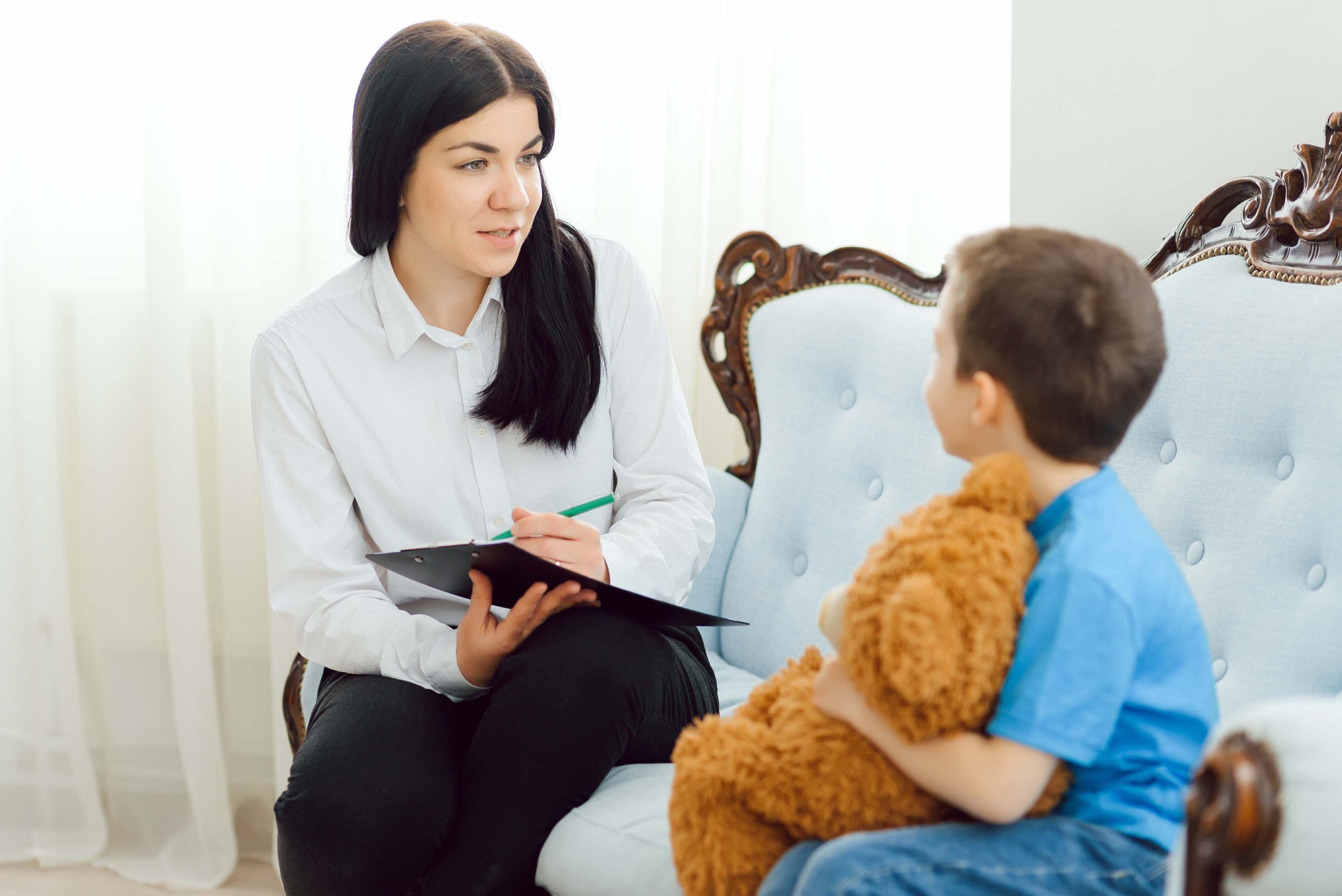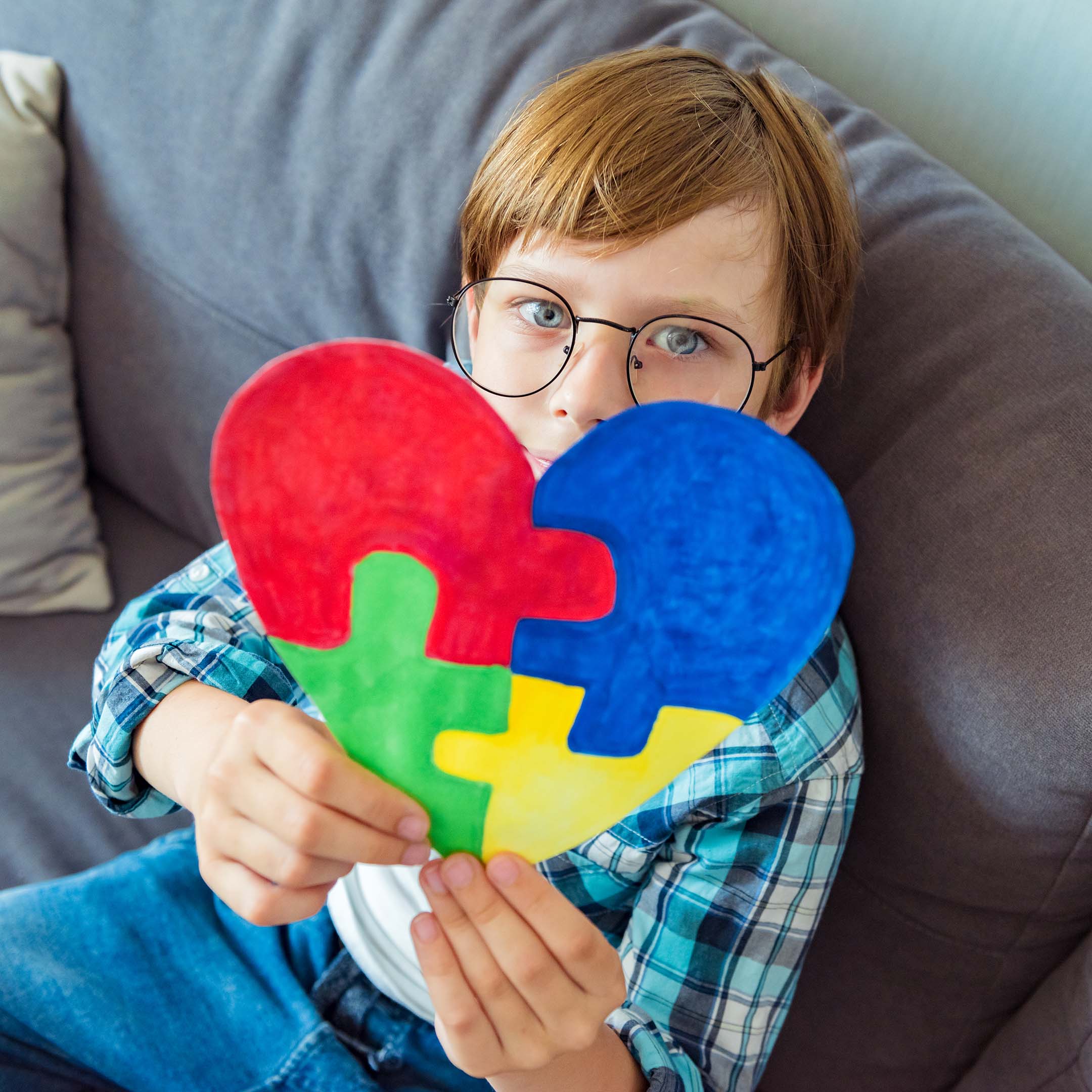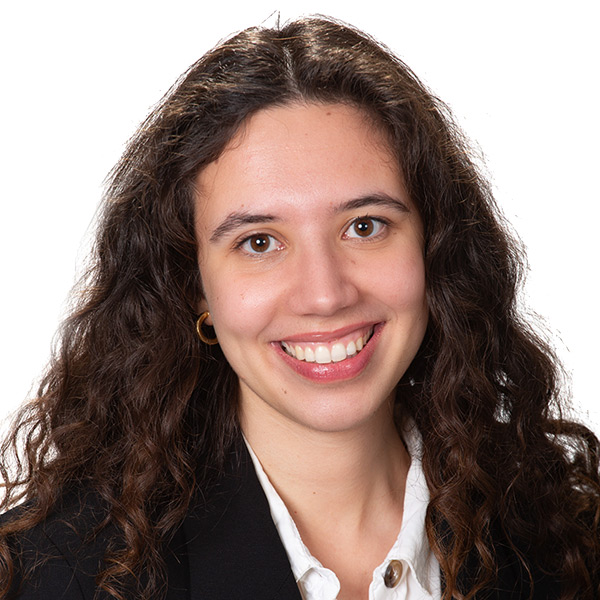Am I/is this person on the spectrum? From ASD to ASC: beyond diagnosis
What is ASD/ ASC? How do we understand autism?
Autism Spectrum Disorder (ASD) comprises a set or variety of heterogeneous traits, both in its etiological and clinical display. ASD can present itself in a wide variety of ways and there is a wide range of behaviors depending on the patient. This is why years ago professionals started to refer to autism as a “spectrum”. Despite the term ASD still appearing on the DSM-V (Diagnostic and statistical manual of mental disorders. 5th edition) as a “neurodevelopmental disorder”, autism now is rather considered to be a condition with its own specific strengths and challenges, affecting the way our brain processes information, and thus how it interacts with the surrounding environment. As a result of this change of perspective and approach the term “Autism Spectrum Condition” or ASC arises.
Autism is a fairly common condition affecting 1% of children and adolescents. Usually the signs start to appear during infancy and thus it is mostly diagnosed during childhood. ASD tends to cause a lot of concern to parents/guardians due to popular misconceptions and widespread misinformation.
The key to understanding autism is that it is not a linear condition. In recent years, the broadening of the definition has consequently grown to include many more who previously did not fit the criteria for ASC However, in order to meet the diagnostic criteria, an individual must display clinically significant and persistent difficulties in social affect, as well as restrictive and repetitive patterns of behavior before the age of 12. The symptoms must be present in multiple contexts causing impairment in social, occupational, or other important areas of current functioning.
This article is aimed primarily at people who are considering whether they may fall on the spectrum, or parents who find themselves in this situation with one of their children. For this purpose, we will discuss the importance of the ASD/ASC assessment process and the impact of the diagnostic label.

In this article we will also respond to people who already have a conclusive diagnosis, either their own or that of a relative, and who are unsure whether to begin a therapeutic process and what that would consist of.
It is clear that terminology has a major role to play. Therefore, both in our clinical practice and in this article, we use the term ‘Autism Spectrum Condition’ (ASC) instead of ‘Autism Spectrum Disorder’ (ASD). This is in line with the changing understandings of autism, which will be reflected throughout the article.
Diagnosis at the present time: Is a conclusive ASD/ASC diagnosis necessary? Labeling vs Neurodiversity
The aim of this assessment is to know if the strengths alongside with the challenges of the person do correlate with the symptoms associated with Autism Spectrum Disorder (ASD). Mainly two tools of choice in clinical practice today are generally used for this purpose: The Autism Diagnostic Interview-Revised (ADI-R) and The Autism Diagnostic Observation Schedule (ADOS):
- The Autism Diagnostic Interview-Revised (ADI-R) is a structured interview conducted with the parents of the referred individual to cover the subject's full developmental history.
- The Autism Diagnostic Observation Schedule (ADOS) is a standardized diagnostic test for assessing autism spectrum disorder. The protocol consists of a series of structured and semi-structured tasks that involve social interaction between the examiner and the person under assessment. The examiner observes and identifies aspects of the subject's behavior, assigns these to predetermined categories, and combines these categorized observations to produce quantitative scores for analysis.
Certainly, it is not a requirement to have a conclusive diagnosis in order to start an intervention process. However, professionals themselves are the ones who suggest or urge people to initiate an assessment process.
Then why is a clinical diagnosis important? What is the role of a clinical label in the context of neurodivergence? And how does this labeling then fit in with the idea of inclusion and diversity?
- Firstly, a clinical label is useful for professionals. In our consultation on referral after an assessment process, we often remind families that the report is ultimately a technical tool, and that even the label is technical and what needs to be worked with is the person in the context of ASD/ASC. The label can enable better communication between different disciplines and professionals. Diagnostic labels serve as a common language and allow professionals to communicate more effectively. It can be helpful in identifying certain needs, and give guidelines on how to intervene.
- In many health systems, diagnostic labels are necessary to access financial resources such as insurance coverage or funding allocations. A recognised diagnosis can ensure that people have access to the resources needed to support their psychological treatment, and likewise the absence of a recognised diagnosis can leave out many people in need who could benefit from such support.
- In the field of education, an official diagnosis may be necessary in order to apply certain curricular accommodations or adaptations in the classroom or to allow the student to access certain resources within the school or even certain preferred centers, which at that point may be necessary for the child.
- The recognition of a diagnosis can have a positive psychological impact. For many people, it is the end of a long period of questioning, of multiple referrals between professionals, and of searching even for one's own identity. Recognition of a diagnosis finally serves as validation for many individuals, and knowing that others have similar experiences and learning about them can reduce feelings of isolation and inadequacy. This topic is also discussed in this Sinews blog.
- In the case of children, diagnosis becomes fundamental and a key element in the prognosis, as it allows access to specific and specialized early intervention in the first stages of neurodevelopment.

Current clinical moment: Is an intervention necessary? How does this change of perspective affect the intervention?
Once the assessment process and the corresponding feedback session are completed, what happens next? What if I already have a diagnosis of Autism Spectrum, do I have to ‘go to therapy’?
The first thing in order to answer this question would be to carry out an assessment of the characteristics and needs of the person at the moment of intervention.
As a general rule, in the last years there has been a change of perspective that has also had a positive influence on the intervention with people that fall on the spectrum. This approach is a holistic one, which not only addresses the diagnosed person, but also focuses on the quality of family life and the well-being of the person, understanding the family as a system.
Although, of course, the approach may vary depending on multiple factors, this section will be divided into the infant-juvenile population and the adult population.
Intervention in children and adolescents with ASD/ASC. What to expect?
- It is advisable to start early intervention as early as possible in very young children, especially from 0 to 6 years of age.
- A multidisciplinary intervention is to be expected, which will need or will be enriched by the work of various disciplines such as psychology, psychiatry, speech therapy, occupational therapy, among others.
- The current intervention follows a systemic approach that promotes the involvement of the family in change and evolution, encouraging parents or carers to take on the role of co-therapists.
- A child-centered approach in which we try to work in the child's natural contexts in order to generalize learning, providing support and tools to these environments such as the family or the school.
- Along with this line, it would also be appropriate to address the possibility of raising awareness among students and/or teachers in the school environment. Children spend a lot of time away from home, it is hence very important to guarantee their well-being and adaptation also in school. Awareness-raising among pupils consists of the option of raising awareness, explaining and bringing information about neurodiversity to the child's classmates or teachers through the hands of a professional, adapting the information to the audience, ages, etc. Both actions will not only help this specific child, but will also be aimed at educating the general population about the difference.
- A fundamental stage is also the post-diagnosis stage or follow-up during the time immediately after the diagnosis. These sessions are intended to be a space for parents and/or primary caregivers to assimilate, where they can share experiences, their feelings, what this diagnosis means to them, raise doubts and, most importantly, to process. In this case, as we say, psychoeducation in this population tends to focus on parents or primary caregivers, but it should also cover other members such as siblings and, of course, the diagnosed person him/herself, always taking into account fundamental factors such as age. This can help children from a very young age to learn more about the nature of their difficulties.
- It is therefore recommended that the family is helped to better understand their situation by sharing their condition with them throughout the therapeutic process. There is no ‘right’ time for this and it is very much personal, but a space is sought in which to explore what view they themselves have of their difficulties and what would be the next steps they identify where they may need help. Professional support can help in this process, but is not always necessary, as parents are in the best position to help their children understand their own needs and develop a positive identity around their differences.

What about the adult population? What to expect from a therapy process?
- It is important to have some post-diagnostic or follow-up sessions during the time immediately after diagnosis. The person has just received a diagnostic label and needs to find how to incorporate it, what fits and what does not, find out more about what it consists of, ask questions, etc. This phase, which includes psychoeducation, is essential to avoid generating a biased view of the diagnosis, experiencing it as something limiting or even rejecting the condition. This stage does not necessarily focus on ASD/ASD, but also on neurodiversity as a concept.
- Psychoeducation should not be limited to the diagnosed person, but it is also important to ensure psychoeducation in the family environment. Accompanying and raising awareness in the family environment is essential in order to ensure a correct understanding of the diagnosis by spouses, young children, parents, etc.
- Along these lines, it would also be possible to talk here about awareness-raising in the workplace and/or academic environment. Good adaptation to the environment is fundamental for the life quality and well-being of the person, and proper awareness in the work environment may be key to ensure such adaptation. Our work environment may be unfamiliar with the concept of ASD/ASD, or again, have a biased view of this condition or neurodivergence in general, which can certainly have an impact on the individual.
- ASD/ASC is not a linear spectrum so at the end of the day the intervention will be individualized. In the spectrum we find different forms and combinations of strengths and difficulties, so ultimately professionals work with the person and their problems apart from the diagnosis, such as grief, break-ups, anxiety or low self-esteem, among others.

Although diagnostic labels may lead to many positive outcomes , caution should be taken when using them. Understand that the spectrum is broad and diverse. Despite the growth of mental-health awareness, even in today’s society ASD or ASC can still carry a stigma. Misconceptions about the condition persist, leading to discrimination and social isolation. Some people may therefore continue to avoid seeking help or disclosing their problems, even out of the fear of ending receiving a clinical label. The new lines of intervention do not seek a shift to the normative, but the achievement and generalization of functional adaptations that can provide the person with the greatest possible well-being. Intervention now is therefore way more systemic and encourages the adaptation of the environment to the person. Most people believe that the work has to come solely from the person, but the truth is that this work also needs to come from the environment. This is something crucial to transmit and highlight during the intervention process. This idea of neurodiversity and ASC includes an ethical and respectful approach to working with people. It is the person who guides the process and who will tell us their particular needs. The professional is placed in another position, from where we try to empower and give prominence to the person, always placing the person’s will and desire at the center.
About the author
Ana Pilar Collado works as a Health Psychologist and Neuropsychologist at Sinews MTI. She specializes in neuropsychology and works with both children and the adult population in assessment, diagnosis and intervention. She addresses a wide range of problems such as anxiety, depression, grief, self-esteem and interpersonal relationship problems, among others. Ana Pilar works from an integrative perspective, focusing on wellbeing and personal growth. She has extensive experience in the world of neurodivergence, which has shaped in her a depathologizing and much more person-centered approach, with a marked systemic character and with the family quality of life as an indicator.
Division of Psychology, Psychotherapy and Coaching
Psychologist
Children, adolescents and adults
Languages: English and Spanish


